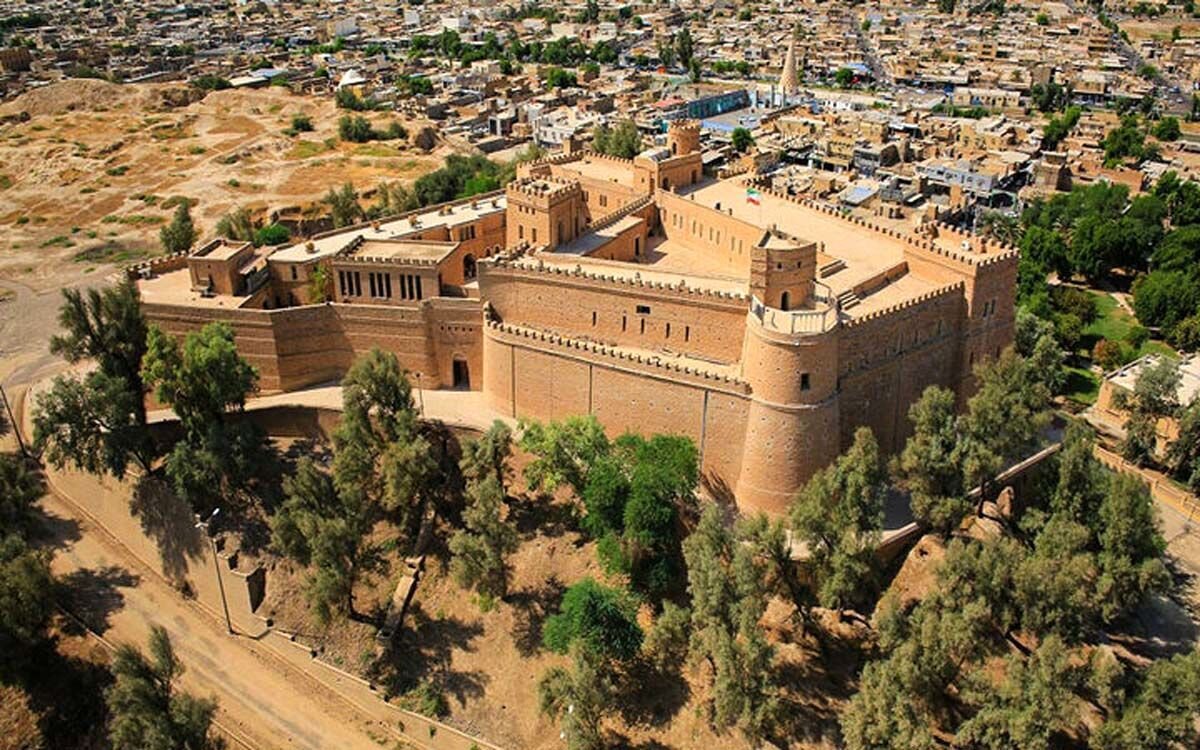Iran’s Shush Sets Sights on Global Connections: Sister City Partnerships with Najaf, Paris, and Athens
The Governor of Shush, Omid Sabripour, has highlighted the significance of promoting the city’s rich cultural heritage. In a recent announcement, he outlined ambitious plans to establish sister city partnerships with Najaf, Paris, and Athens. These collaborations are designed to enhance Shush’s global cultural, tourism, and historical ties.
Shush is intertwined with the ancient city of Susa, a site recognized as a UNESCO World Heritage site, adding to its historical importance. During a meeting on Wednesday that included Ali Darabi, the deputy minister of cultural heritage, Sabripour articulated the focus of the proposed partnerships:
- Cultural ties with Najaf
- Museum and tourism cooperation with Paris
- Ancient heritage collaboration with Athens
Sabripour emphasized that Shush, with its rich historical and civilizational resources, deserves special attention from the Ministry of Cultural Heritage. This support is essential to unlock its full potential on the global stage.
Located between the Karkheh and Dez rivers in southwest Iran, Susa was once one of the most significant and dazzling cities of the ancient world. Inhabited for thousands of years, Susa showcases several layers of urban settlements dating back to the late 5th millennium BC, extending until the 13th century CE.
Historically, Susa served as the capital of Elam (Susiana) and was the administrative capital for the Achaemenian king Darius I and his successors starting from 522 BC. Its historical significance is further underscored by its role as part of the ancient kingdom of Elam, which lay between Babylon and ancient Persia, nestled in the lower Zagros Mountains.
Many may recognize Susa as the capital of the Persian Empire, featured in the Book of Esther. It is here that Esther married the powerful Persian Emperor and courageously intervened to save her Hebrew people from destruction.
Moreover, Susa maintained its prominence as a strategic center during the Parthian and Sasanian periods, which were significant empires ruling over this region during the Roman era. Today, Susa encompasses three archaeological mounds across approximately one square kilometer.
Visitors can explore these excavated mounds and envision what life was like during its peak as the capital of the then-largest empire in the world. The archaeological site also boasts Ardeshir’s palace, along with various excavated administrative, residential, and other monumental structures.
Additionally, Susa is home to the Tomb of Daniel, a traditional burial site for the biblical figure. While various locations have been identified as potential sites for the tomb, the one in Susa is the most widely accepted. This site was first recorded by Benjamin of Tudela, who traveled through Western Asia between 1160 and 1163.
The announcement of these sister city partnerships is a significant step towards revitalizing Shush’s cultural heritage and elevating its status on the global stage. The collaboration with cities like Najaf, Paris, and Athens promises to foster cultural exchanges that will benefit not only Shush but also its partners.
As Shush embarks on this journey to amplify its historical and cultural narrative, it is poised to attract more tourists and scholars interested in exploring its rich past. This initiative aligns with broader efforts to promote cultural heritage preservation and tourism in the region, ensuring that the legacy of ancient Susa continues to inspire future generations.
In conclusion, the Governor’s commitment to enhancing Shush’s cultural heritage through strategic partnerships marks a new chapter for this historic city. With its deep historical roots and ongoing archaeological discoveries, Shush stands ready to share its story with the world.






